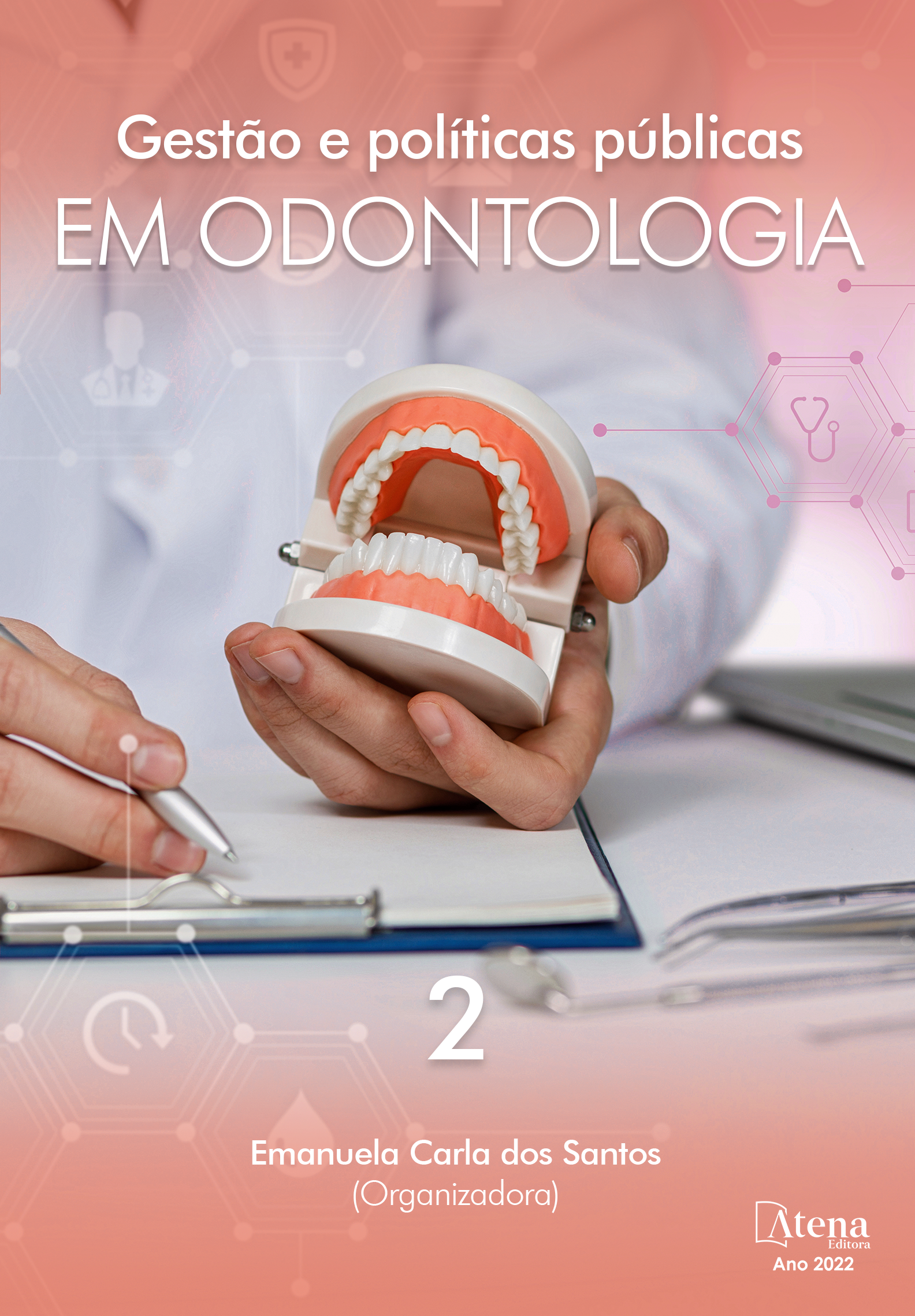
SÍNDROME DA COMBINAÇÃO: CARACTERÍSTICAS CLÍNICAS, ETIOPATOGENIA, DIAGNÓSTICO, TRATAMENTO E PREVENÇÃO - REVISÃO LITERÁRIA
Introdução: a Síndrome da Combinação constitui em uma condição patológica que acomete pacientes edêntulos totais maxilares, portadores de prótese total removível, e edêntulos parciais mandibulares, com presença apenas dos dentes anteriores. Objetivo: este trabalho teve como objetivo abordar esta síndrome e seus aspectos mais relevantes, como: características clínicas, etiopatogenia, diagnóstico, tratamento e prevenção. Metodologia: foi realizada uma revisão de literatura com discussão narrativa utilizando os artigos selecionados nas bases de dados PubMed, Medline, Lilacs e Scielo, com os seguintes descritores: “Síndrome da Combinação”, “Síndrome de Kelly”, “prótese total superior”, “prevalência”, “etiologia”, “tratamentos”. Os critérios de inclusão foram artigos na íntegra que possuíram relevância com a temática e referentes aos períodos entre 1972-1979 e 2000-2021. Resultados: foram selecionados 34 artigos, sendo 29 incluídos nesta revisão. Discussão: a etiologia da síndrome da combinação ainda é questionável na literatura, uma vez que o paciente pode apresentar os cinco sinais simultaneamente ou não, para ser considerado portador da mesma. Uma nova classificação proposta para essa síndrome baseou-se na característica dominante de grande parte dos casos: arco maxilar anterior edêntulo com reabsorção óssea avançada e extrusão dos dentes inferiores anteriores. Inúmeros são os tratamentos reabilitadores, sendo as próteses implantorretidas as de primeira escolha. Porém, independente do tipo de prótese, o correto planejamento, buscando uma efetiva estabilização oclusal posterior e uma determinação da dimensão vertical de oclusão adequada, bem como o acompanhamento deste paciente é que garantirá o sucesso do tratamento reabilitador. Conclusão: constatou-se a importância do diagnóstico precoce frente aos sinais clínicos, sejam agrupados ou isolados, de forma a possibilitar a identificação de seus fatores predisponentes, bem como a melhor conduta de tratamento e reabilitação para o paciente portador. As formas de prevenção se mostraram imprescindíveis para a não ocorrência ou reversão da SC, mantendo o equilíbrio funcional do sistema estomatognático.
SÍNDROME DA COMBINAÇÃO: CARACTERÍSTICAS CLÍNICAS, ETIOPATOGENIA, DIAGNÓSTICO, TRATAMENTO E PREVENÇÃO - REVISÃO LITERÁRIA
-
DOI: 10.22533/at.ed.37022300313
-
Palavras-chave: Síndrome da Combinação. Síndrome de Kelly. Prótese Total. Prótese Parcial Removível.
-
Keywords: Combination Syndrome. Kelly Syndrome. Total Dentures. Removable Partial Denture
-
Abstract:
Introduction: the Combination Syndrome is a pathological condition that affects patients maxillary total edentulous, with removable total dentures, and mandibular partial edentulous, with presence only of the anterior teeth. Objective: this study aimed to address this syndrome and its most relevant aspects, such as: clinical characteristics, etiopathogenesis, diagnosis, treatment and prevention. Methodology: a literature review was carried out with narrative discussion using selected articles from the PubMed, Medline, Lilacs and Scielo databases, with the following descriptors: "Combination Syndrome", "Kelly Syndrome", " superior total dentures", “prevalence”, “etiology”, “treatments”. The inclusion criteria were full articles that were relevant to the theme and referring to the periods between 1972-1979 and 2000-2021. Results: 34 articles were selected, 29 being included in this review. Discussion: the etiology of the combination syndrome is still questionable in the literature, as the patient can present all five signs simultaneously or not, to be considered as having the syndrome. A new classification proposed for this syndrome was based on the dominant characteristic of most cases: edentulous anterior maxillary arch with advanced bone resorption and extrusion of lower anterior teeth. There are numerous rehabilitative treatments, with implant-retained prostheses being the first choice. However, regardless of the type of prosthesis, correct planning, seeking an effective posterior occlusal stabilization and a determination of the appropriate vertical dimension of occlusion, as well as the follow-up of this patient, will guarantee the success of the rehabilitation treatment. Conclusion: the importance of an early diagnosis of clinical signs, whether grouped or isolated, was verified, in order to enable the identification of their predisposing factors, as well as the best treatment and rehabilitation approach for the patient with this. The forms of prevention proved to be essential for the non-occurrence or reversal of the syndrome, maintaining the functional balance of the stomatognathic system.
-
Número de páginas: 15
- Lílian Lima Lopes
- Renata Cristiane Muffato Itaborahy
- Isabela Sandim Sousa Leite Weitzel


